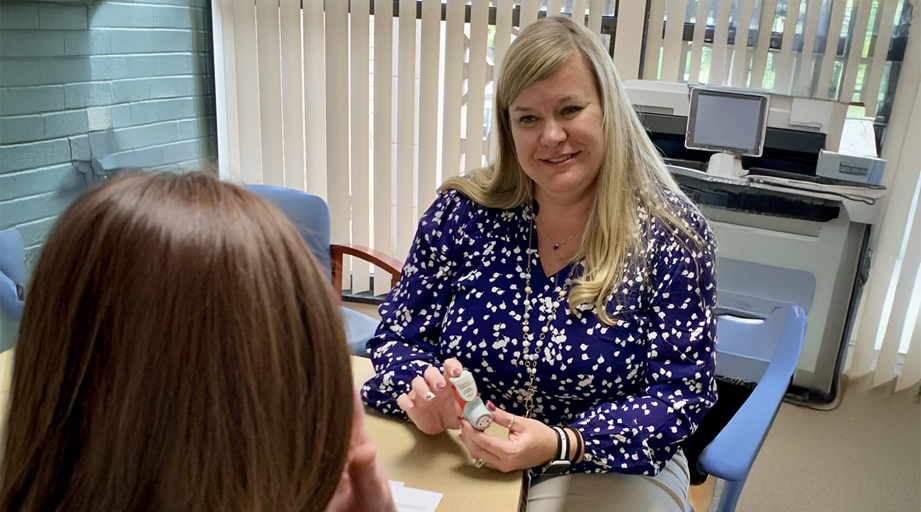
By putting together a strategy for identifying opportunities and measuring success, you can develop an impactful population health program that aligns with your organization’s goals, said the featured speakers at the Dec. 3 Midyear Clinical Meeting & Exhibition session Population Health: A Healthy Opportunity for Pharmacy.
Fortunately, said lead speaker Benjamin H. Smith, associate chief pharmacy officer for population health and ambulatory services at Duke University Health System, there’s “lots of opportunity for pharmacy” in population health.
At his own health system, clinical pharmacists are involved in population health initiatives in endocrinology, gastroenterology, neurology, rheumatology, and primary care. Population health clinical pharmacists and pharmacy technicians also support Duke University Health System’s accountable care organization and clinically integrated network.
Smith said the population health focus began more than 20 years ago, when pharmacists began working with patients in Duke’s employee health plan. Over the years, the pharmacy team expanded its focus to patient populations in Medicaid, Medicare, commercial plans, and the health system’s accountable care organization and clinically integrated network.
An informal poll of the session audience indicated that 14% consider their own population health pharmacy services to be well established and optimized. About half said they have implemented some services, but most are not optimized.
Before starting or expanding a population health program, Smith advised, “be sure you understand what are your organization’s current value-based arrangements” and you are prepared to work collaboratively with key stakeholders toward shared goals.
He also said it can be helpful to initially focus on population health improvement areas that can be readily optimized. For example, if an analysis reveals that closing a small number of care gaps can improve hypertension metrics, but many gaps need to be closed to improve statin therapy, hypertension is probably the better initial target — although both areas are important for patient care.
In other words, “start small,” said session presenter Erin Neal, director of population health pharmacy services at Vanderbilt Health.
“It’s really a great step just to get started,” she added.
Neal said her keys to success in population health include having defined goals, choosing an appropriate practice model, defining roles and responsibilities, using continuous quality improvement, sharing strategies and success with others, and collaborating with patients, healthcare providers, and health plans.
Neal suggested the use of so-called SMART population health criteria — an acronym for creating goals that are specific, measurable, achievable, relevant, and time-bound. All components are important, but she specifically called out the need for goals that are achievable with the resources available and that produce measurable results.
“You can do great work, but you really need to be able to measure it,” she said.
Neal noted that each population a pharmacy team manages generates compelling stories about individual patient successes — and she said it’s important to share those stories. She recommended the STAR system — situation, task, action, results — as an effective storytelling tool.
To illustrate the STAR strategy, Neal described a hypothetical patient in a diabetes care service who’s struggling with the condition. The patient entered the pharmacists’ care with a glycated hemoglobin (A1c) level of 11% and medication adherence challenges, further complicated by a recent job loss.
For the task portion of STAR, the patient was referred to the care team for management. The actions included engaging with a pharmacist and social worker, providing medication management services, coordinating care and follow-up, and assisting with the patient’s medication costs.
The results portion of the sample story shared that the patient had avoided hospitalization and emergency department visits, and his A1c level had fallen to 6.5%.
Although the session emphasized pharmacy’s efforts in population health, Neal said overall success requires involvement from nurses, physicians, dieticians, community health workers, medical assistants, and many others.
“It’s a team sport,” she said.







